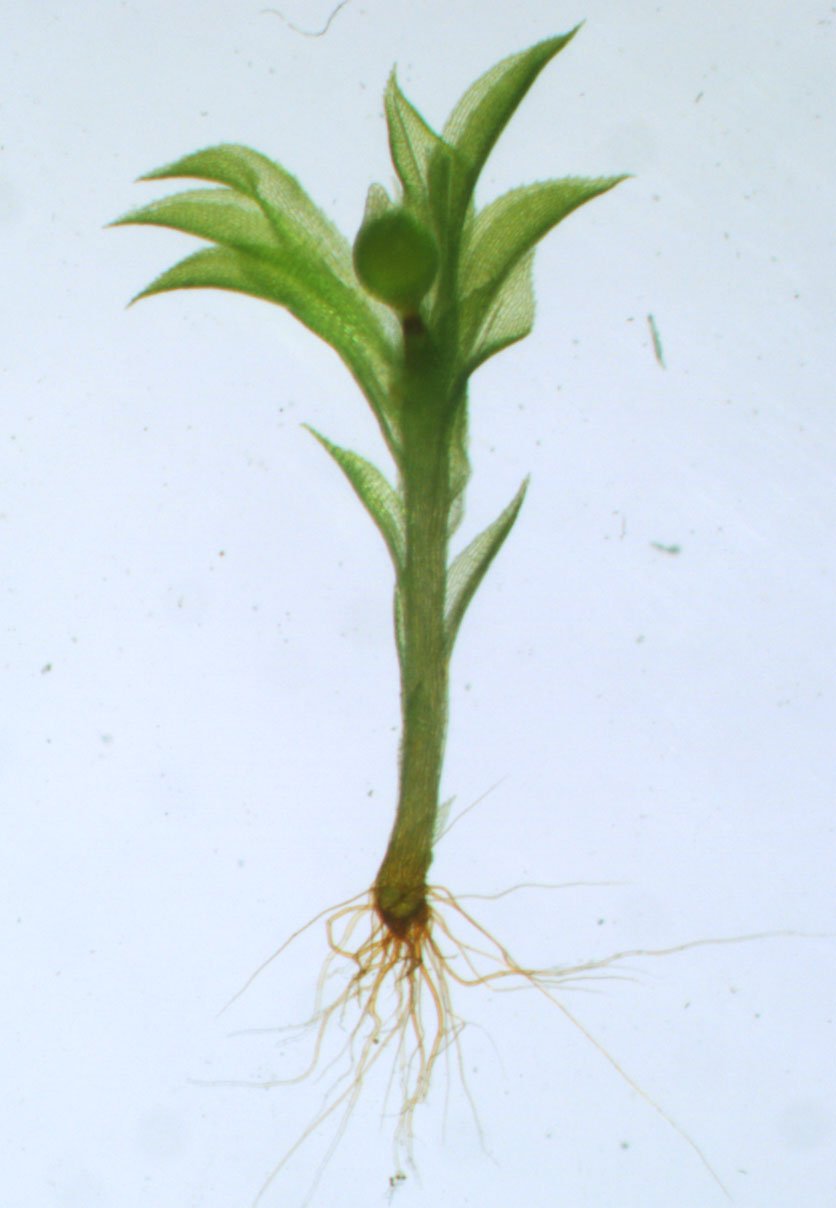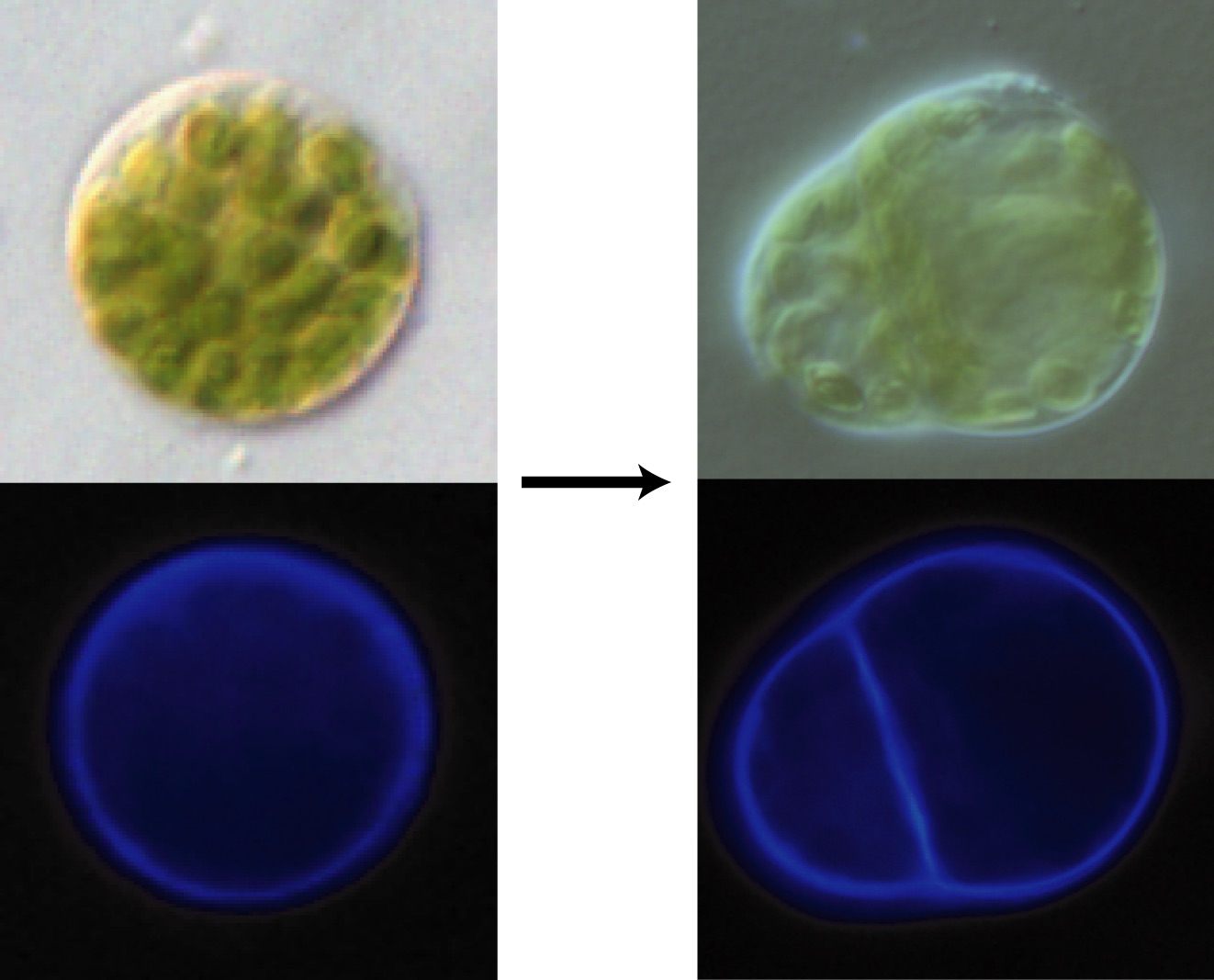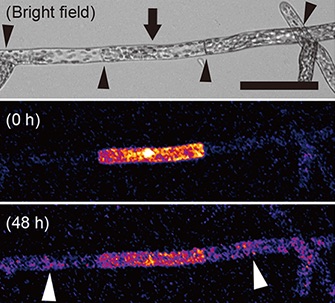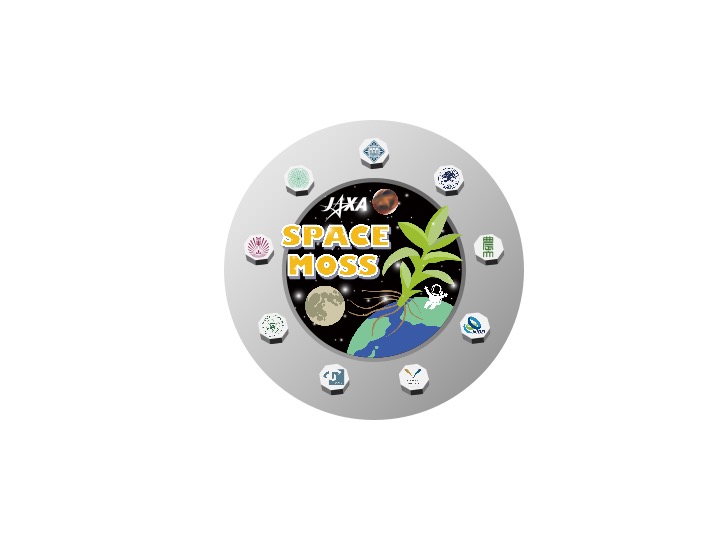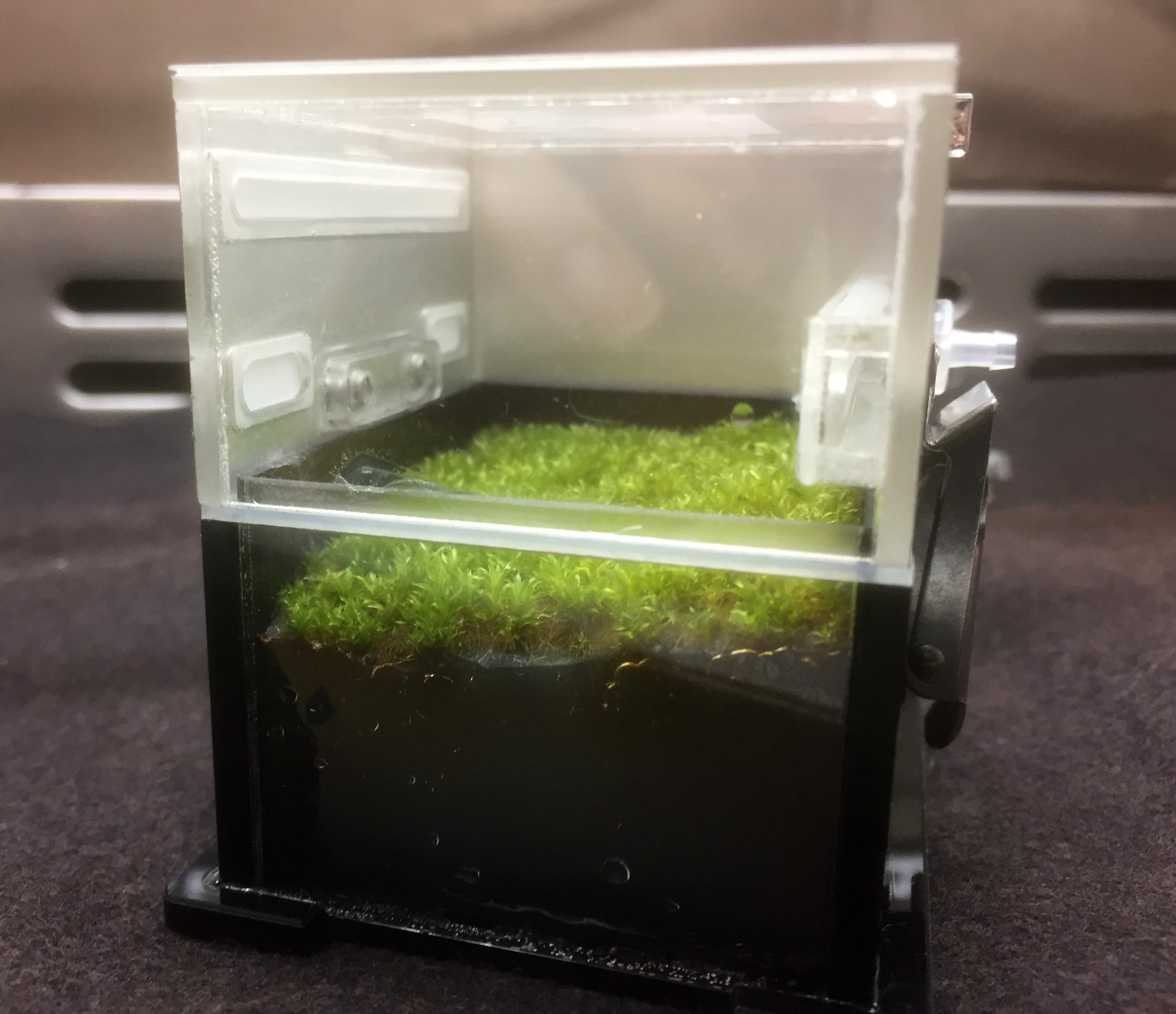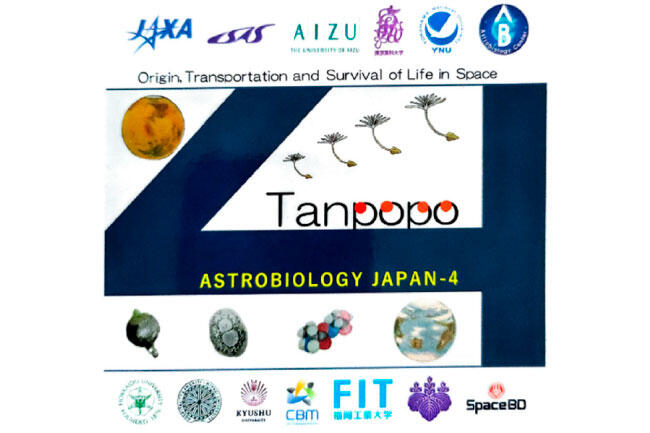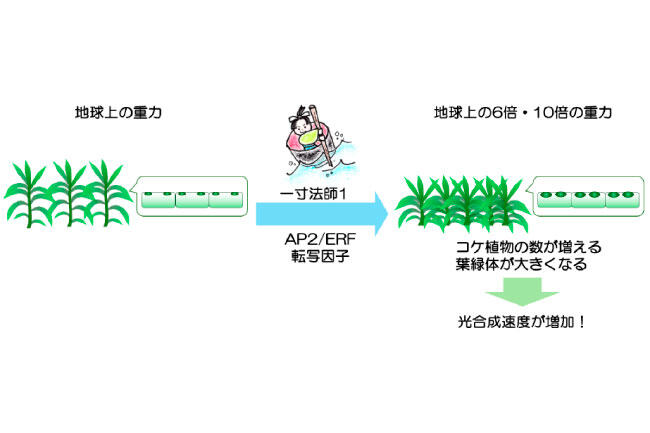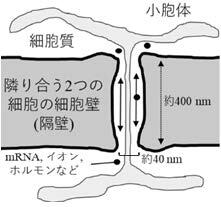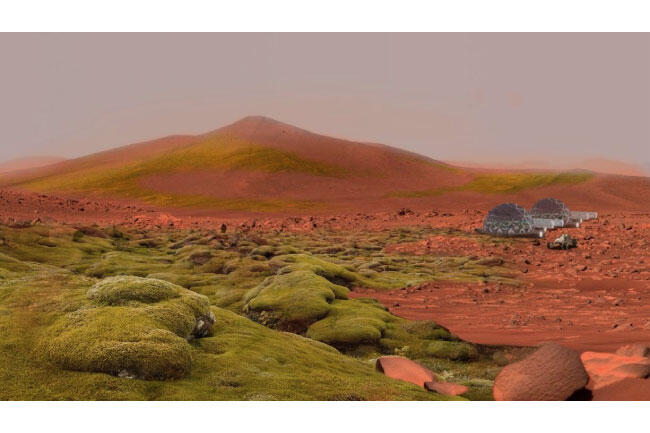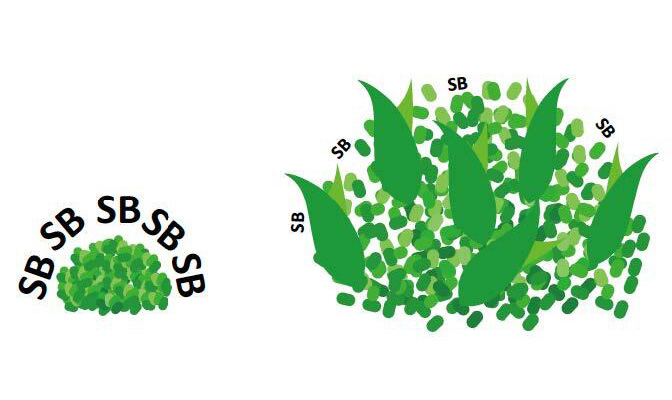FUJITA Tomomichi
Professor
Listen to the voice of plants!
Department of Biological Sciences, Cell Structure and Function

| Theme | Molecular mechanisms of development, environmental responses and evolution in plants. We aim to unlock the secrets of plant cells and to understand how plants control their growth, differentiation and environmental responses. |
| Field | Plant Biology, Plant Physiology, Molecular and Cell Biology, Evolutinonary and Developmental Biology, Astrobiology |
| Keyword | Cross-talk between growth and stress response, cell division, cell proliferation, cell differentiation, cell fate, totipotency, plant stem cell, asymmetric cell division, cell polarity, cell-cell communication, dynamics of chloroplasts, abscisic acid, environmental adaptation, land plant evolution, multicellularity, extreme environments, space experiments, bryophytes, Physcomitrella patens, Arabidopsis thaliana |
Introduction of Research
Plants exist in an amazing variety of shapes and sizes and act as primary producers to support a multitude of life forms, including us humans. Our understanding of plants, however, remains far from complete. How are plants born and how do they take shape? How do they respond to environmental changes? Unlike animals, plants lack the ability to move on their own and have therefore evolved unique responses and developmental mechanisms. We want to understand these unique aspects of plant biology from the molecular and cell levels to the individual level and to find a way to help plants and humans to coexist. Here are main topics in our lab. 1. Investigate control mechanisms of plant proliferation, differentiation, regeneration and totipotency. 2. Examine the crosstalk between environmental responses and developmental programs – aiming to develop plants that grow well in extreme environments. 3. Explore the mechanism of multicellularity. 4. Unravel the evolutionarily diverse mechanisms of plant morphology.
Representative Achievements
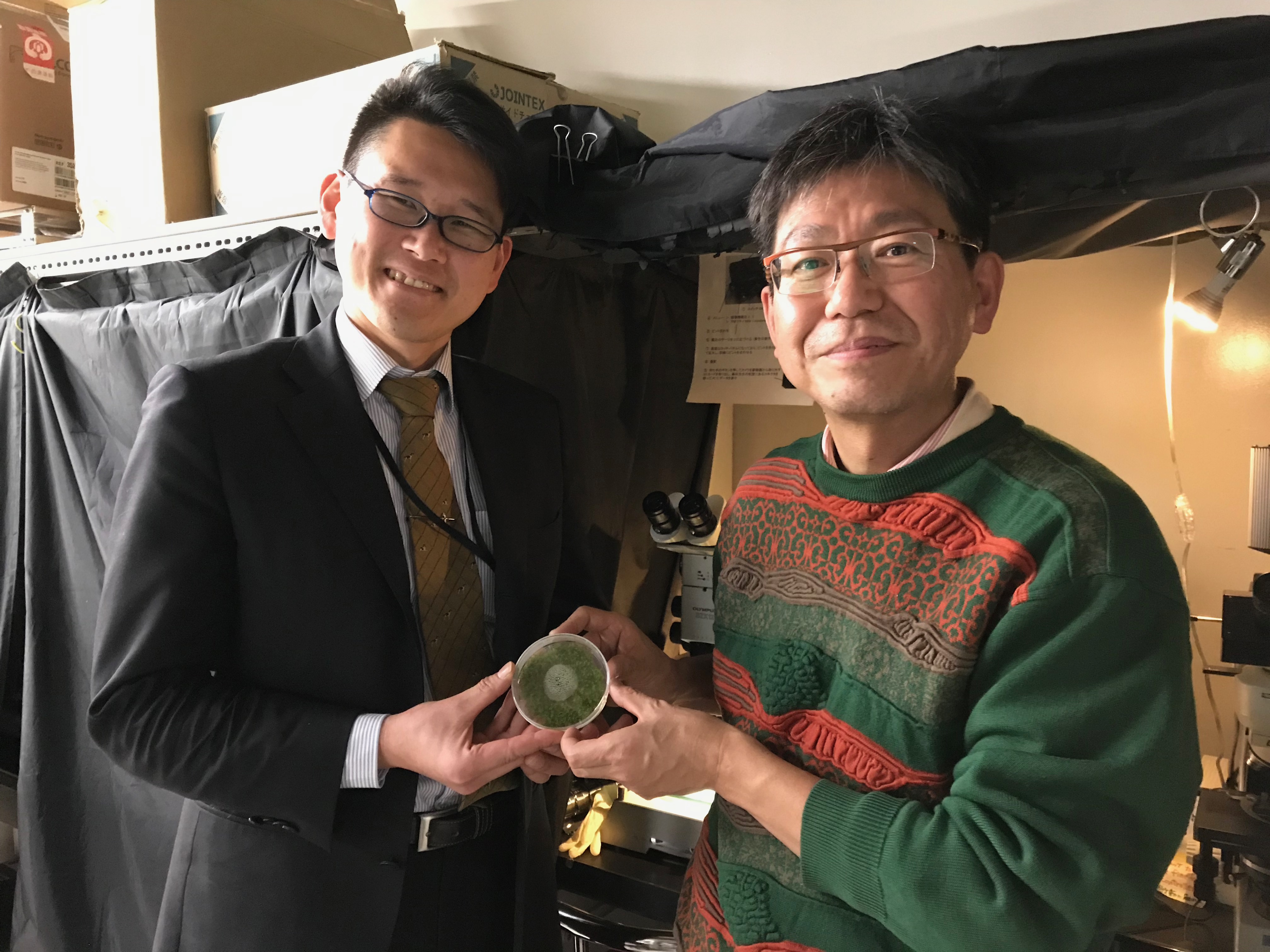
Related industries
| Academic degree | Ph. D. |
| Self Introduction | I was born in Nara and have a younger sister. I like taking a walk or jogging outside, enjoying a feeling of nature. |
| Academic background | 1988 B.S., Waseda University 1990 M. S., University of Tokyo 1993 Ph. D., University of Tokyo 1993-1994 Postdoctoral fellow, NIH, Japan 1994-1998 Postdoctoral fellow, Purdue University, IN 1998-1999 Postdoctoral fellow, Kyoto University 1999-2005 Assistant Prof., NIBB 2005-2016 Associate Prof., Hokkaido University 2016- Professor, Hokkaido University |
| Affiliated academic society | Japanese Society of Plant Physiologist, Botanical Society of Japan, Japanese Society for Biological Sciences in Space, Molecular Biology Society of Japan, Bryological Society of Japan, Lichenological Soceity of Japan, Society of Evolutionary Studies, Japan, international Molecular Moss Science Society (iMOSS) |
| Project | Environmental response and utilization of mosses in space-Space Moss (JAXA and others) |
| Room address | Science Building 5 5-614 |

